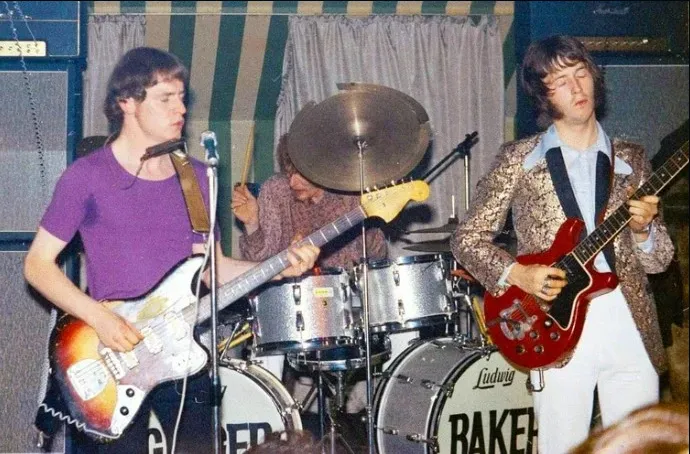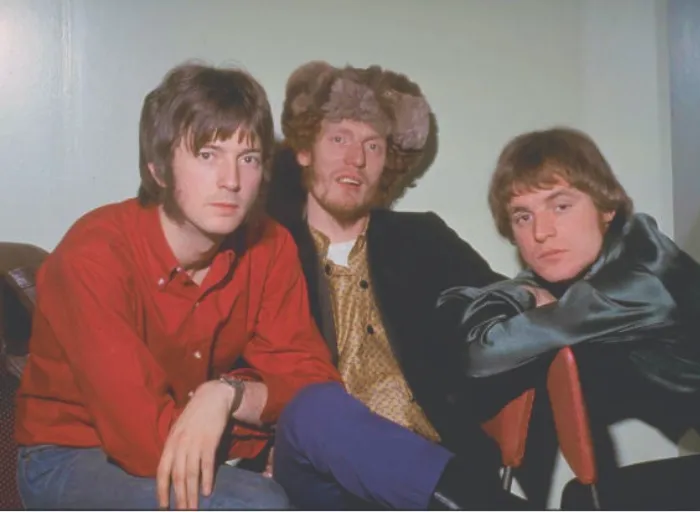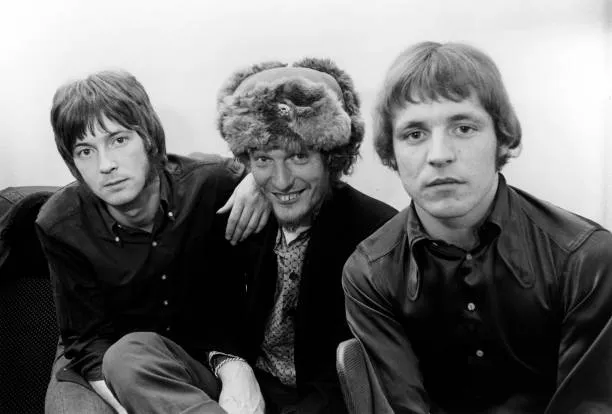Eric Clapton is a name synonymous with guitar mastery. Widely regarded as one of the greatest guitarists of all time, Clapton's influence spans decades, genres, and generations.
But how did Eric Clapton become so good at guitar? Let’s dive into his incredible journey, from Eric Clapton as a young, budding musician to the legendary figure that he is today.
The Early Years: Born to Play
Eric Clapton was born on March 30, 1945, in Ripley, Surrey, England. His early years were marked by challenges and uncertainty, a backdrop that would later influence his deeply emotional and expressive guitar playing.
Raised by his grandparents after his mother left, Clapton found solace in music from a young age.
As a boy, Eric Clapton was keenly aware that he was different. He struggled with the reality of his family situation and often felt isolated. It was during these formative years that Clapton discovered the guitar.
At the age of 13, he received his first guitar—a cheap Hoyer acoustic. The instrument was difficult to play, with high action and stiff strings, but Clapton was determined. He practiced relentlessly, forging a bond with the guitar that would last a lifetime.
The Influence of Blues

One of the key factors in Eric Clapton's development as a guitarist was his deep connection to the blues. In his teenage years, he immersed himself in the recordings of blues legends such as Robert Johnson, Muddy Waters, B.B. King, and Buddy Guy.
These musicians were not just influences but idols to Clapton. He spent hours dissecting their recordings, trying to capture the essence of their playing.
At 16, Clapton enrolled at the Kingston College of Art but was soon expelled due to his single-minded focus on the guitar. It was clear that art school could not compete with his growing passion for music.
Around this time, he joined his first band, The Roosters, and later played with Casey Jones & The Engineers. These early experiences provided Clapton with valuable performance opportunities and the chance to refine his craft.
The Yardbirds and the Rise to Fame
In 1963, Eric Clapton's career took a significant turn when he joined The Yardbirds. It was with this band that Clapton began to earn his reputation as an exceptional guitarist.
The Yardbirds were initially a blues-influenced band, which suited Clapton's style perfectly. His fiery solos and powerful playing earned him the nickname "Slowhand," a bit of irony given how fast his fingers could actually move across the fretboard.
However, as The Yardbirds began to lean more towards pop and rock, Clapton grew disillusioned. He was a purist at heart, committed to the blues.
In 1965, he left The Yardbirds, determined to find a new musical direction that aligned more closely with his passions.
Cream: The Birth of a Supergroup

After leaving The Yardbirds, Clapton joined John Mayall & the Bluesbreakers. It was during this period that Clapton’s guitar playing reached new heights.
His work with the Bluesbreakers was groundbreaking, and it solidified his status as a guitar hero. The album "Blues Breakers with Eric Clapton," often referred to as the "Beano" album, showcased his incredible skill and became a seminal release in British blues rock.
But it was his next venture that would catapult him to international stardom. In 1966, Clapton formed the supergroup Cream with drummer Ginger Baker and bassist Jack Bruce.
Cream was revolutionary, blending blues, rock, and psychedelic elements into a powerful and dynamic sound. Clapton’s guitar work was at the forefront, characterized by his innovative use of the wah-wah pedal and his exceptional improvisational skills.
Songs like "Sunshine of Your Love," "Crossroads," and "White Room" became anthems, and Clapton's solos were nothing short of legendary.
Cream only lasted for two years, but during that time, they redefined what a rock band could be and left an indelible mark on music history.
Experimentation and Evolution
In the late 1960s and early 1970s, Clapton continued to evolve as an artist. After Cream disbanded, he formed Blind Faith with Steve Winwood, Ginger Baker, and Ric Grech.
Blind Faith was short-lived, but it further demonstrated Clapton’s ability to adapt and push musical boundaries.
Clapton’s next major project was Derek and the Dominos. The band's only studio album, "Layla and Other Assorted Love Songs," is often hailed as one of the greatest albums of all time.
The title track, "Layla," is a masterpiece, featuring one of the most iconic guitar riffs ever recorded. Clapton’s passionate playing on this album reflected his personal struggles, especially his unrequited love for Pattie Boyd, who was then married to his friend George Harrison of The Beatles.
Personal Challenges and Resurgence

Eric Clapton's journey was not without its difficulties. Throughout the 1970s and 1980s, he battled addiction, which at times threatened to derail his career.
However, Clapton’s resilience and dedication to his craft saw him through these dark periods. His ability to channel personal pain and turmoil into his music contributed to the emotional depth and authenticity of his playing.
In the 1990s, Clapton experienced a resurgence. He achieved commercial and critical success with the acoustic album "Unplugged," which featured stripped-down versions of his classic songs.
The rendition of "Tears in Heaven," written in memory of his son Conor, became a heartfelt and affecting hit.
Mastery and Legacy
What sets Eric Clapton apart as a guitarist is not just his technical proficiency but his emotional expressiveness. Clapton can convey a wide range of emotions through his guitar, from raw agony to sublime joy.
His ability to blend different styles—blues, rock, pop, and even reggae—shows his versatility and innovation.
As Eric Clapton grew older, he continued to evolve, experimenting with different genres and collaborating with a variety of artists.
His mastery of the guitar is a testament to years of relentless practice, deep musical understanding, and a profound connection to the instrument.
The Making of a Legend
Eric Clapton’s journey from a young boy strumming a difficult acoustic guitar to becoming a guitar legend is a story of passion, perseverance, and endless curiosity.
His ability to transcend musical genres, his emotional intensity, and his unwavering dedication to his craft have cemented his place in music history.
When one thinks of Eric Clapton, it’s impossible not to picture the young Clapton, guitar in hand, eager to learn and innovate.
His legacy is not just a collection of timeless songs and unforgettable solos but the inspiration he provides to generations of musicians.



